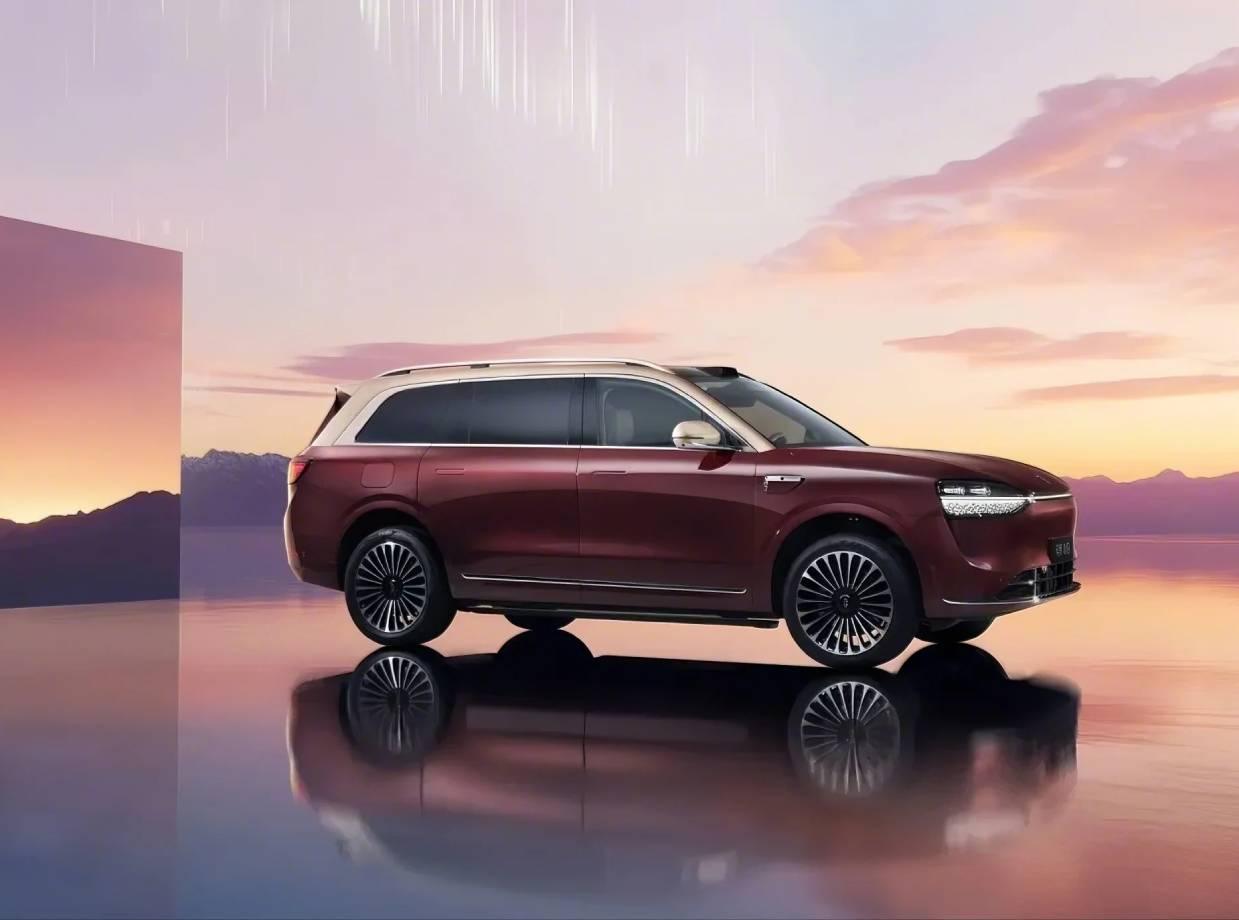The Largest Car Importing Countries of 2025: Trends and Predictions
As the global automotive industry continues to evolve, car imports remain a significant aspect of the market, offering consumers access to vehicles from around the world. In this blog, we’ll explore the countries with the largest car imports in 2025, examine key statistics, and discuss emerging trends and growth markets in the automotive import industry.
1. The Global Landscape of Car Imports: Key Statistics
Car imports represent a significant portion of the global automotive market, with many countries relying on imports to meet domestic demand for vehicles. According to recent data, the top countries for car imports are typically those with large populations, strong economies, and a high demand for a variety of vehicle types, including luxury, electric, and off-road vehicles.
Key Statistics on Car Imports
-
Global Car Import Growth: Over the past few years, global car imports have shown consistent growth, driven by factors like rising disposable incomes, expanding middle classes, and the growing demand for high-quality foreign vehicles.
-
Emerging Markets: Countries in the Middle East, Southeast Asia, and even parts of Africa have seen increased demand for imported vehicles, with imports growing steadily in these regions.
-
Electric Vehicle Imports: A significant shift in the automotive industry is the growing importation of electric vehicles (EVs). Countries are importing EVs at a rapidly increasing rate due to environmental concerns and government incentives promoting clean energy.
2. Top Countries for Car Imports in 2025
1. United States
The United States continues to be one of the largest importers of cars globally, thanks to its large population, high disposable income, and diverse demand for vehicles. With a booming automotive market and a strong consumer appetite for foreign-made vehicles, the U.S. remains at the forefront of car imports. In 2025, it is projected that the U.S. will import millions of vehicles, especially luxury models, electric vehicles, and specialty cars from countries like Germany, Japan, and South Korea.
2. Germany
As the largest car importer in Europe, Germany plays a critical role in the global automotive market. Despite being home to some of the biggest automotive brands like Volkswagen and BMW, Germany imports a significant number of vehicles, particularly from countries like the United States, Japan, and South Korea. This is due to the demand for high-end vehicles and the growing presence of electric and hybrid cars in the market. In 2025, Germany is expected to see a continued demand for imported cars, especially those that are environmentally friendly.
3. China
China is the world's largest car market, and its import numbers are expected to continue to rise in 2025. Despite being home to numerous local automakers, Chinese consumers have an increasing preference for foreign-made cars, especially luxury models and electric vehicles. Brands like Tesla, BMW, and Audi have experienced tremendous success in China, and demand for foreign vehicles is expected to grow even more in the coming years. With policies that encourage electric vehicle adoption, China is set to remain a major destination for imported EVs.
4. United Kingdom
The UK is another key player in the global automotive import market. While domestic production is strong, the UK imports a significant number of vehicles each year, especially premium brands and electric models. The demand for luxury cars from manufacturers like Mercedes-Benz, Audi, and Jaguar is high, and in 2025, the trend is expected to continue. Additionally, the UK’s growing interest in electric and hybrid vehicles will drive further imports of eco-friendly cars.
5. Canada
Canada is another North American market where car imports remain high, with U.S. manufacturers and European brands being in strong demand. Canadian consumers prefer vehicles that offer both performance and value, which is why brands like Toyota, Honda, and Volkswagen have a substantial market share. As the demand for electric and hybrid vehicles increases, Canada is expected to see a rise in the importation of environmentally-friendly cars in 2025.
6. Australia
Australia’s automotive import market has been growing steadily, with a focus on premium vehicles, SUVs, and trucks. In recent years, there has been a growing demand for electric and hybrid vehicles, with more consumers choosing sustainable transportation options. Brands from Japan, Germany, and the United States have a strong presence in the Australian market, and this trend is expected to continue in 2025.
3. Emerging Markets: Growth in Car Imports
1. Middle East
The Middle East has witnessed rapid growth in the demand for imported vehicles, especially in countries like the UAE, Saudi Arabia, and Qatar. Consumers in these countries are attracted to luxury cars, high-performance models, and off-road vehicles. As the region’s economy continues to grow and the middle class expands, the demand for imported cars, particularly SUVs, luxury sedans, and electric vehicles, is expected to surge in the coming years.
2. Southeast Asia
Countries like Thailand, Vietnam, and Indonesia are also becoming major importers of cars, driven by the region’s growing economy and urbanization. Consumers are increasingly opting for affordable, fuel-efficient cars, with Japanese automakers like Toyota, Honda, and Nissan dominating the market. As the demand for electric vehicles grows globally, Southeast Asia is also expected to see an increase in EV imports in 2025.
3. Africa
Africa is witnessing an emerging demand for imported vehicles, particularly in countries like South Africa, Nigeria, and Kenya. While many consumers in Africa still prefer second-hand cars due to affordability, the region’s growing middle class is pushing up demand for new and more sophisticated models. The rise in urbanization and infrastructure development is also driving the demand for SUVs and pickup trucks.
4. Trends and Predictions for the Future
1. The Rise of Electric Vehicle Imports
One of the most notable trends in the automotive import market is the increasing demand for electric vehicles. With governments worldwide offering incentives and stricter emissions regulations, electric cars are becoming more desirable. Countries such as the U.S., China, Germany, and the UK are expected to import more EVs, and the market for electric vehicles is set to expand globally.
2. Shift Toward Sustainability
As consumers become more environmentally conscious, the demand for hybrid and electric cars will continue to rise, particularly in developed markets. Countries with strong environmental policies and infrastructure for EV charging stations, like Norway and the Netherlands, will see significant growth in the importation of eco-friendly vehicles.
3. Luxury Car Imports
Luxury cars will continue to dominate the car import market, with consumers in regions such as the U.S., Middle East, and Europe looking for premium vehicles with advanced technology and comfort. The growth of the luxury electric vehicle market will further fuel imports of high-end EV models from brands like Tesla, Porsche, and Lucid Motors.
5. Conclusion: A Bright Future for Car Imports in 2025
As we look toward 2025, the global car import market is set for significant growth. Countries like the United States, China, Germany, and the United Kingdom will continue to dominate the import market, with emerging regions such as the Middle East, Southeast Asia, and Africa becoming increasingly important players. The shift toward electric vehicles, the demand for luxury cars, and the growing middle class in developing markets will continue to drive global car import trends.
For car buyers and importers, understanding these trends and market forecasts can help them make informed decisions when it comes to purchasing vehicles from international markets. As the global car import landscape evolves, staying ahead of the trends will be key to successfully navigating the future of automotive imports.




Leave a comment
This site is protected by hCaptcha and the hCaptcha Privacy Policy and Terms of Service apply.